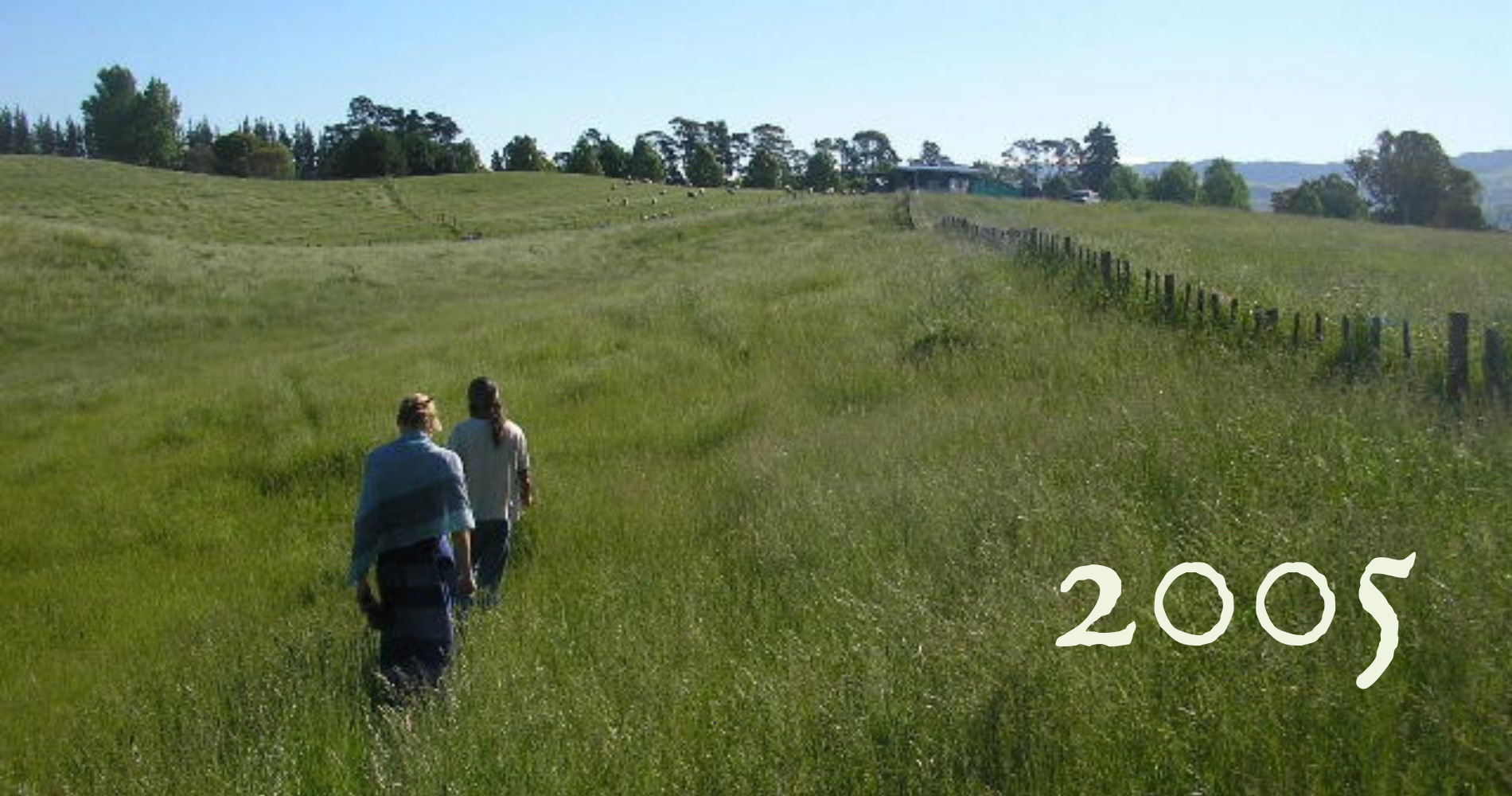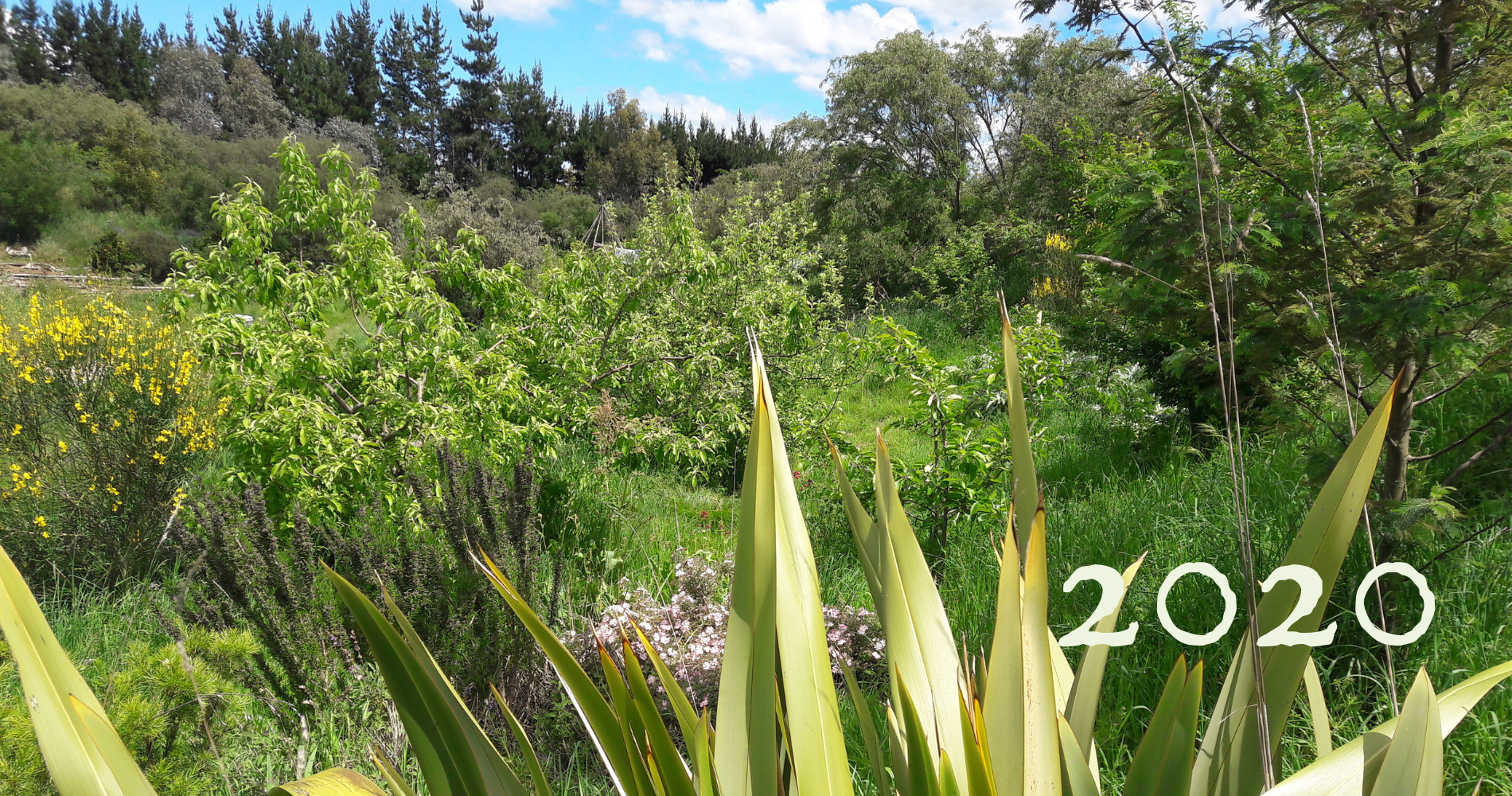
Our Story
This land, just 10kms from where Aaron grew up, used to be kahikatea forest. The kahikatea is New Zealand’s tallest tree, growing up to 60 metres tall or more. Kahikatea stands grow on fertile floodplains, lake margins and riverbanks, and would have connected Lake Poukawa to the south of us with Pekapeka wetlands to the north.
When we came here in 2005 the land had a bare grazing block for many years and kahikatea were a long distant memory. We had been lucky enough to become kaitiaki of it a year earlier, and had fallen head over heels in love with it. We called it Kahikatea Farm in acknowledgement of the history of the area, and also due to the cultural symbolism of these trees, which grow in stands with their roots intertwined to support each other. We knew that for us the land and community would be inextricably linked.
Since then we have poured our heart and soul into the land, it has truly become our turangawaewae, our ‘place to stand’. We were novices at the start and have been learning and playing with permaculture design, and have always been open to share our learning with other visitors both formally and informally. We have built a house and nursery, swales and ponds, planted shelterbelts, timber and firewood trees, silvopasture, and a three acre food forest. We have raised our family here, along with our hopes and dreams. Life has not always gone smoothly or to plan but we remain filled with gratitude for the opportunity we have had, and the joy it brings us.

Our Aims & Visions
We wrote the following document back in 2005, and hope we’ve gone some way to achieving it. There is still so much more to do and share, but that just means a future filled with opportunity and fun!
- To create a healthy, integrated, harmonious farm based on the “whole farm” principle of self-sufficiency, nutrient cycling, minimal external inputs and zero waste. To nurture the soil as the key foundation for the farm’s wellbeing.
- To be as self-sufficient as possible in food, and resources for our physical needs (e.g. water, energy, building materials). To also provide nutritious food for our extended family, friends and the local community.
- To provide for our spiritual needs and those of others by creating a beautiful retreat where we can reconnect with the earth, where all our senses are stimulated, and where we can feel in awe of nature, finding our true place alongside the plants, animals, birds, insects and other creatures.
- To use native plants wherever possible to help restore biodiversity in the ecosystem, and to help provide a ‘sense of place’. To use exotics only where they have no adverse impact on the environment and fulfill a specific function, or preferably, several functions.
- To constantly learn from the examples of other people, other cultures, and Mother Nature. By implementing this knowledge we aim to become an example of best practice in small scale sustainable agriculture.
- To recycle this knowledge by providing an education resource for others, to share our experiences and to foster a mentality of sharing and openness for the benefit of all. To teach by doing, and show others that sustainable living is both desirable and achievable. In particular, we aim to demonstrate the importance of locally produced food for the future survival both of humans and plant varieties, which are inextricably linked, and to protect genetic plant diversity.
- To provide ourselves with right livelihoods: the opportunity to perform work which is environmentally, spiritually and economically sustainable. Ideally to be able to provide right livelihoods for others too.
- To support the local environment, community and economy in whatever ways we can.
Jo and Aaron Duff 2005
